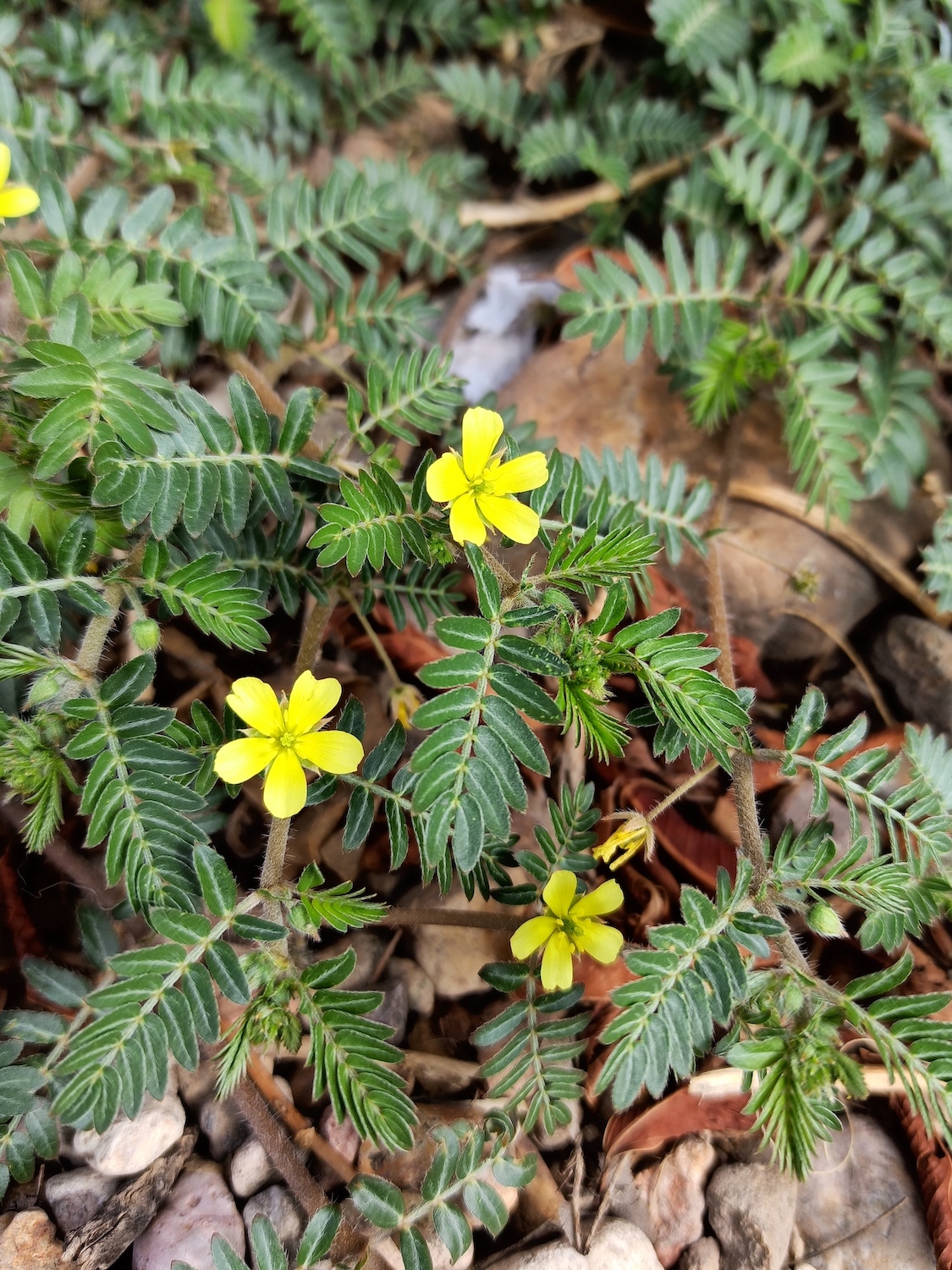Is there anything worse than stepping on a goathead or finding one in your bike tire?
In an effort to rid Moab of these noxious weeds, the Grand County Weed Department is again hosting a “Goathead Gala,” four events during which Moabites can bring bags of goatheads to the Community Recycle Center for a chance to win prizes. The prizes, donated by local businesses, will be awarded to the person who brings in the most goatheads.
During last year’s Goathead Gala, the department collected over 600 pounds of the weed.
“Everyone rallies around their hatred of this plant,” said Weed Department Director Elizabeth Weimholt. The gala originated last year out of community need, she said: individuals in the community were highly motivated to be rid of goatheads.
The events will run from 9 a.m. to 12 p.m. on August 20 and 27 and September 17 and 24, and will take place at the Community Recycle Center (1000 Sand Flats Rd.). Each will be followed by a potluck at Rotary Park.
The goathead plant—Tribulus terrestris—can take over landscapes quickly, especially in Moab: the plant loves dry areas with full sun. The stems of the plant grow to form a dense mat, which can smother other plants, and its stubborn and deep central root burrows into the ground. Its small five-petaled flowers are bright yellow, but once the flowers die away, the sharp, spiked seedpod (shaped similarly to the head of a goat) forms. The seedpod can puncture and embed itself into almost anything, including feet, bike tires, and dog fur.
Participants in the Goathead Gala are encouraged to find and remove the weeds from their own properties, but also from public lands and trails. The Weed Department suggests that participants securely contain the weeds by storing them in doubled-up, heavy-duty disposable bags or plastic bins.
Participants can register for the gala on the weed department’s website: www.grandcountyutah.net/166/Weed-Department.
Weimholt said the department will get rid of the collected weeds either by burning them, if fire restrictions allow for it, or bringing them to the dump.
There are two other weeds high up on Weimholt’s radar, she said. While goatheads are the most recognizable noxious weed in the community, the department is also looking out for and eliminating giant reed, an invasive and bamboo-like grass that can grow over 30 feet in height, and ravenna grass, which is commonly used in landscaping but is slowly taking over canyons.
“We’re pretty concerned that it’s going to start establishing heavily in Mill Creek and Hunter Canyon,” Weimholt said. “It’s already there, but right now we think it might be manageable.”
The Weed Department is also always looking out for community feedback, Weimholt said: she’s trying to organize more ways the community can get involved in taking care of invasive weeds, and encouraged anyone with ideas to contact the department at 435-259-1369.




